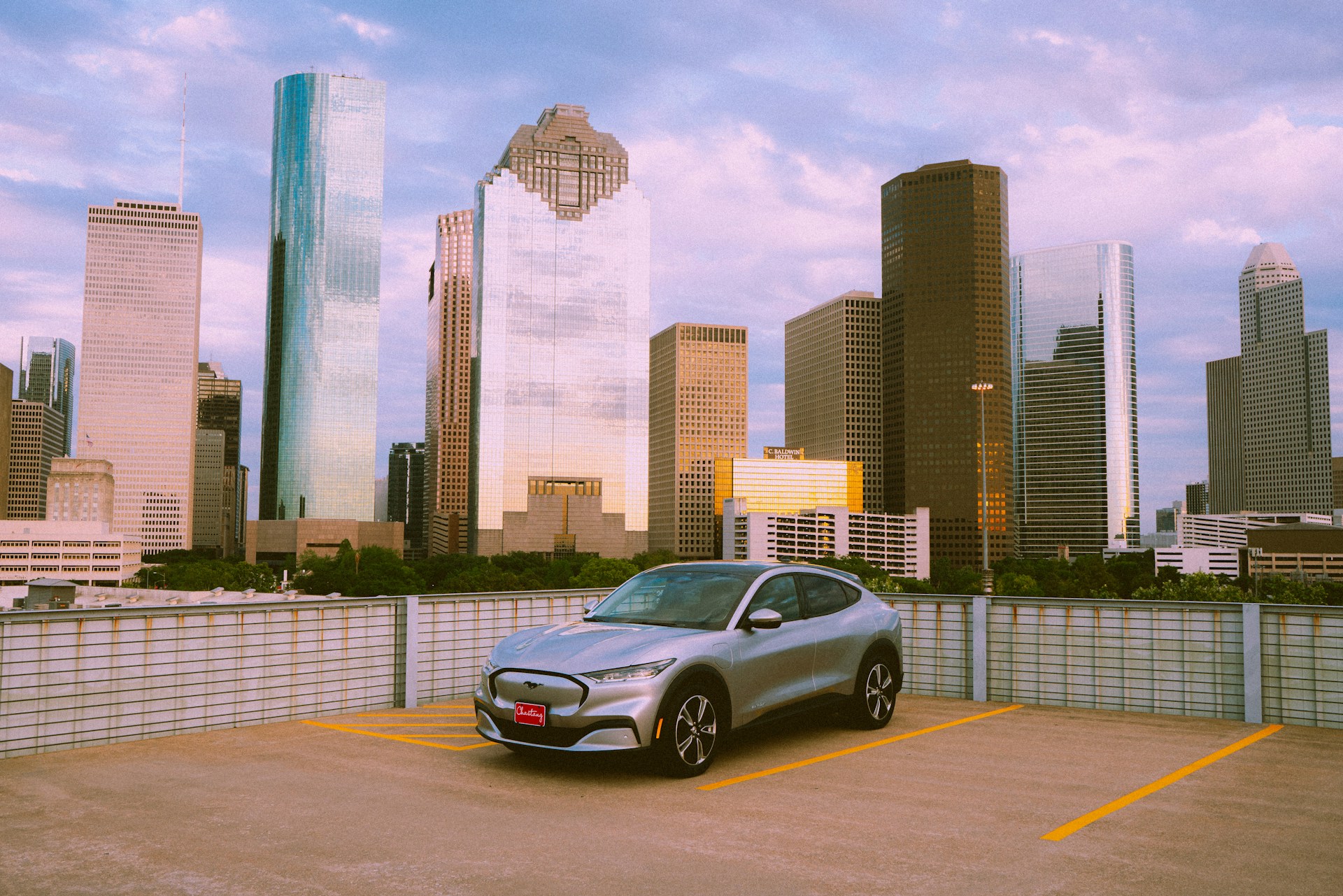Electric vehicles have advanced quickly. While we all understood that any new technology would come with growing pains, it’s been remarkable how fast automakers have adapted. Consumers, too, have largely embraced the shift to EVs.
As one of the biggest names in the automotive industry, Ford knew it had to get on board. But Ford didn’t just join the EV market — it made a statement. The company boldly chose to badge its flagship electric vehicle with the Mustang name.
That decision got people talking.
A Risky Name for a New Direction
The Mustang badge is iconic, tied closely to decades of gas-powered performance. When word got out that Ford was launching an electric Mustang, reactions were mixed — even inside the company.
Some engineers reportedly felt uneasy. The Mustang name meant something. Using it on what some feared was a rushed Tesla competitor didn’t sit right. But true to form, Ford’s engineers did what professionals do: they gave the project their full effort.
And thus, the Mustang Mach-E was born.
A Bold First Showing — With One Big Flaw
The Mach-E was Ford’s first mass-produced electric vehicle and, for many buyers, their first EV experience. It was fresh, fun, and futuristic — but it wasn’t without issues.
The biggest problem? A critical flaw in the High-Voltage Battery Junction Box (HVBJB).
This small component played a major role, and when it failed, it failed hard. Under high energy use — like DC fast charging or hard acceleration — the metal contactors inside the box could overheat and weld shut. The result? The entire car would shut down, requiring a tow and extended repair times.
This wasn’t a broken radio. It was a full immobilization.
Ford’s Response
Initially, Ford rolled out a software update to limit the amount of power flowing through the junction box under stress. But for many owners, this wasn’t enough. Some suspected their vehicle was already damaged and wanted a real fix, not just a power cap.
Eventually, Ford responded with a hardware solution — a redesigned junction box. But the repair wasn’t easy. It required removing the battery, and depending on the dealership, the fix could take anywhere from a few days to months.
Problem Resolved?
Yes — mostly.
Ford reports that Mach-Es built after May 2022 no longer suffer from the HVBJB issue. While a few isolated cases still pop up, the problem has largely been eliminated. Owners of newer models can feel confident, though many still hope Ford will extend warranties on the junction box just in case.
Beyond the Junction Box: A Solid EV
Outside of the HVBJB issue, the Mach-E has earned a reputation as a reliable and enjoyable vehicle. Many owners report few to no problems. Online reviews praise:
- Sleek design
- Engaging performance
- Spacious interior and cargo
- Excellent range and ride comfort
- Lower fuel costs and tax incentives
The BlueCruise driver assistance system also wins praise, especially for highway commuting. And now that Tesla’s Supercharger network is becoming available to Ford EVs, road trip anxiety is easing.
Performance Limits and Safety
Interestingly, Ford has taken a conservative approach to managing overheating. Rather than measuring real-time temperatures, the vehicle restricts power based on preset energy thresholds. This protects components — but some users feel artificially limited when pushing performance, especially when the car isn’t actually hot.
Software Updates & Ownership Experience
Like most modern EVs, the Mach-E has had some software bugs, but Ford has steadily improved the system through over-the-air updates. In most cases, issues have been resolved quickly.
And for those hesitant to buy an EV outright, leasing offers a flexible way to experience the technology. Leasing limits long-term risk and makes it easier to swap out if future updates bring major improvements.
EV Maintenance Reality
EVs are highly advanced, and that comes with trade-offs. DIY repairs aren’t what they were 40 years ago. Some independent mechanics won’t be equipped to handle these systems — but Ford dealerships are rapidly training and certifying staff to work on EVs properly.
For owners, this means peace of mind and access to trusted local support.
Final Verdict: Is the Mach-E Reliable?
Yes — the Ford Mustang Mach-E is now a reliable electric vehicle.
It had a rocky start, as most first-gen models do, but Ford has owned the issue and resolved it in newer builds. The brand’s commitment to supporting customers and learning from missteps is encouraging.
Mach-E drivers are enjoying the ride — whether they’re showing it off, saving money at the pump, or just admiring it in the garage. Ford took a gamble by electrifying the Mustang, and at this point, it looks like that gamble is paying off.

Passionate writer who loves to learn about all things that go and share that knowledge.
